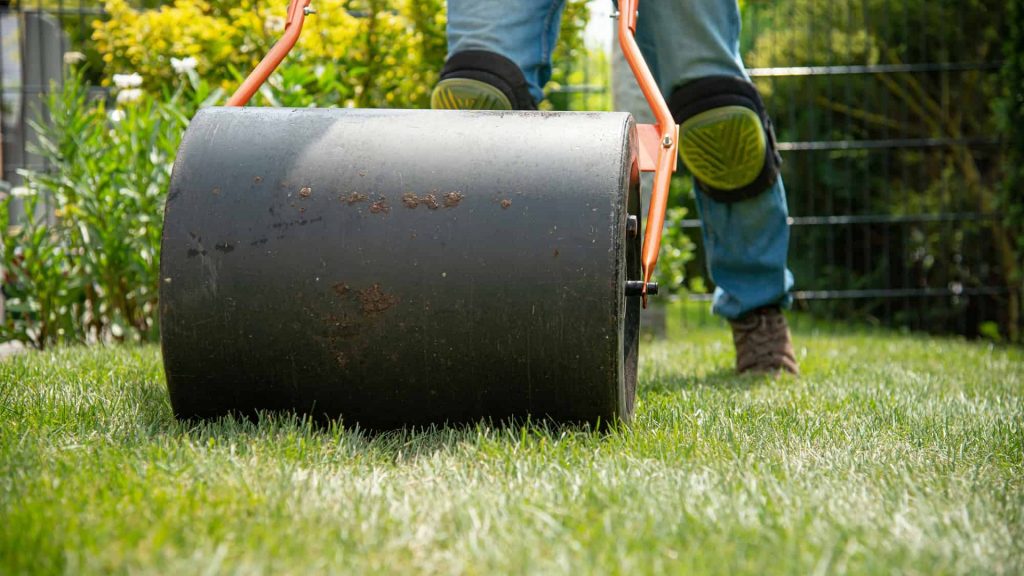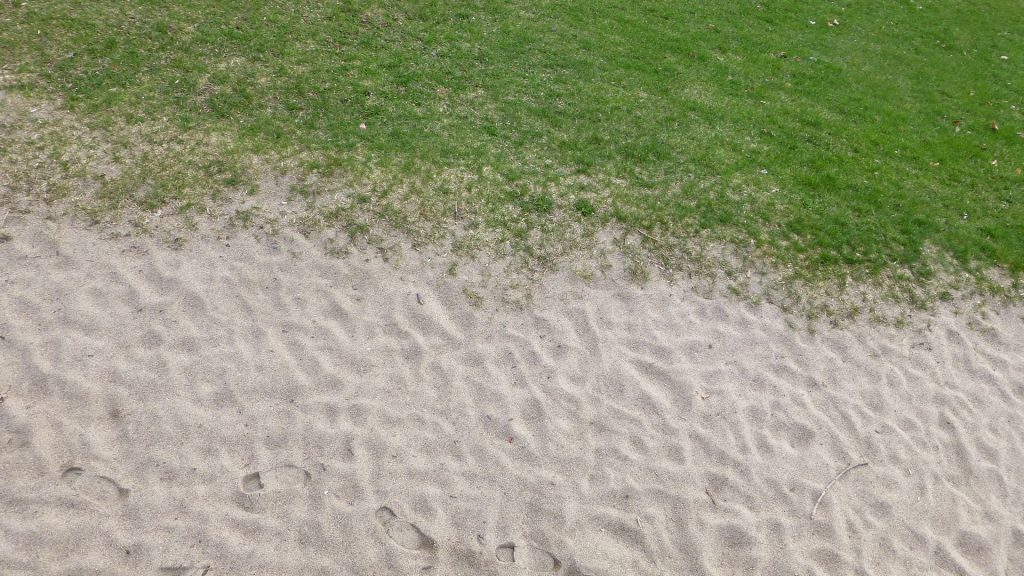
Can You Sand Level Your Lawn?
If your lawn is looking uneven or bumpy in places, you’ll want to make it smoother. You might wonder if you can level it out with the use of sand. You can, but you have to ensure you use the correct sand for this purpose.
What sand is best for lawn leveling? You should always use fine-screened sand for this purpose. Examples include play sand or masonry sand. These don’t contain small stones or rocks in them. Although you can use sand to level a lawn, applying sand on its own to it can cause you various problems. For example, using pure sand for this purpose is inadvisable because it can contain a high amount of clay that interferes with the growth of your grass.
With this in mind, let’s explore a better way to level your lawn with sand without harming your grass.
How To Level Your Lawn With The Correct Sand Mixture

You shouldn’t use sand on its own to level your lawn. Instead, you should make use of a healthy sand mixture.
You can make a lawn-leveling soil mixture by mixing pure sand with dry topsoil in equal amounts. Spread this mixture in any areas of your lawn where there is unevenness. Note that you don’t have to cover your existing grass with this mixture.
You can also use top dressing. This is when you mix sand, such as play sand or masonry sand, with topsoil or potting soil and then you use it to level out any unevenness in your lawn.
Can You Use Compost Instead?
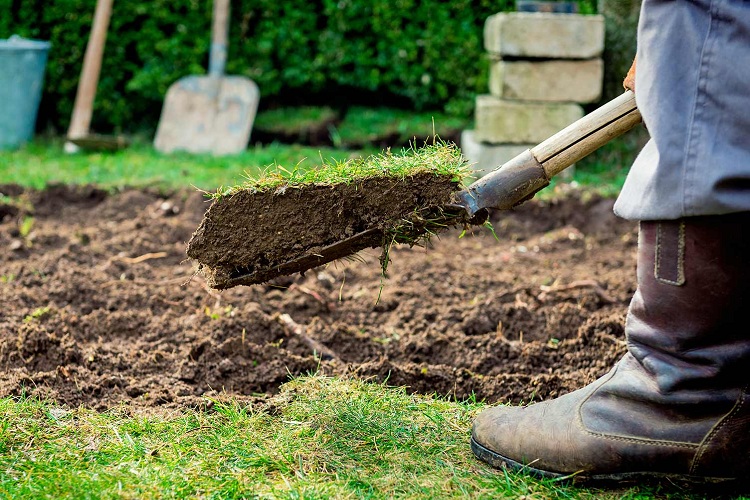
You can instead choose to level your lawn with the use of compost, but you should bear in mind it’s not the best option for your lawn. This is because of various factors that make compost topdressing less suitable for leveling.
Compost topdressing is a product that fertilizes your lawn. It gets placed on your lawn in a thin layer. It gives lawns the nutrients they need so that they can grow healthily. Although compost can level slight bumps and unevenness in your lawn, it’s not strong enough to fill in large areas because it dissolves.
Why Sand Topdressing Is Better For Leveling Your Lawn
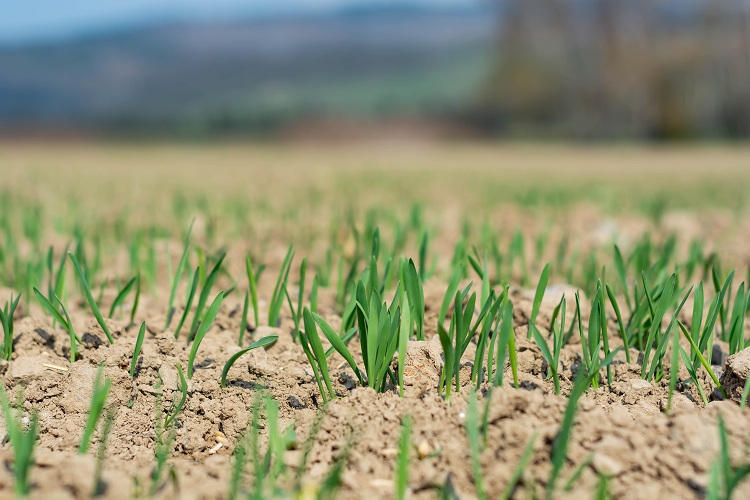
Sand topdressing is a mixture of topsoil and sand. This is used to successfully level your lawn because both the topdressing and sand are stronger than compost.
This mixture levels any low areas of your lawn and is sturdy enough to settle into them so that the grass has an even surface of ground in which to grow.
Sometimes, products on the market will combine sandy topdressing with compost topdressing. This gives you the best of both worlds: you’ll fill out any uneven spots in your lawn and the compost in the mixture will nourish your grass!
Extra Tips For Leveling Your Lawn With Sand
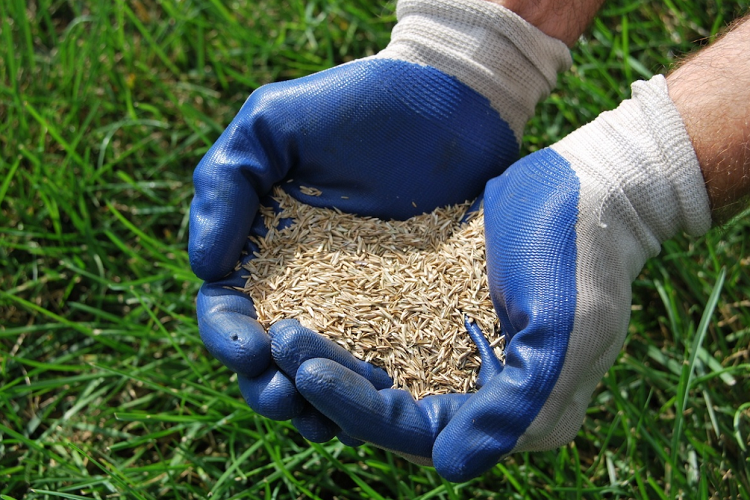
- Cut your lawn: You should mow your lawn quite short before you level it. This will make it easier to fill out the ground with sand.
- Dethatch it: You should remove thatch, that layer of decomposing organic matter, from your lawn so you clear up the area you want to fill.
- Aerate it: You might also have to aerate your soil. This ensures that there’s space inside the ground for air, water, and nutrients, otherwise your grass won’t be able to grow. You can do this with the use of a plug aerator that pulls up plugs from the ground.
- Place the topdressing: Distribute the sand mixture over the uneven ground with a shovel and wheelbarrow. With the use of a leveling rake, spread it and work it into the holes you made when aerating the soil. Cover up low or uneven spots that you can see in the soil. Make sure you rake the topdressing into the lawn. You want to see the grass poking through it. Ideally, your sand mixture shouldn’t be more than one inch in thickness. If it rains after you’ve done this, you might have to rake and irrigate the soil so that the sand mixture can better penetrate it.
- Overseed your lawn: If you want to plant grass in empty areas of the lawn, you can do that immediately. Apply the grass seed of your choice with a lawn spreader. This makes the task much easier. If you’re just overseeding smaller spots in the lawn, you can sprinkle the seeds by hand.
- Irrigate and fertilize after overseeding: Both of these are important to ensure that the topdressing can be properly blended with the soil. You should water the soil twice per day for the first four days. Then, water the soil more heavily every other day over the following five days. After that, you can stick to a regular watering schedule to prevent the grass from wilting.
What To Do After Leveling Your Lawn
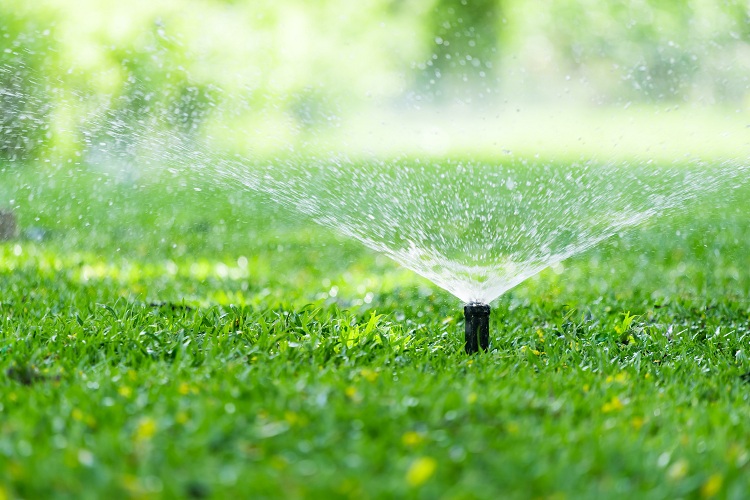
Now that you’ve applied your sand mixture to level your lawn, you will have to ensure you follow some important tips. Always lightly fertilize and water the soil after you’ve leveled it.
This will nourish the soil and help to keep it healthy so that grass can grow and fill out these bare patches in your lawn.
This will later down the line lead to an easier maintenance of the lawn.
Related Questions
When’s the best time to overseed your lawn?
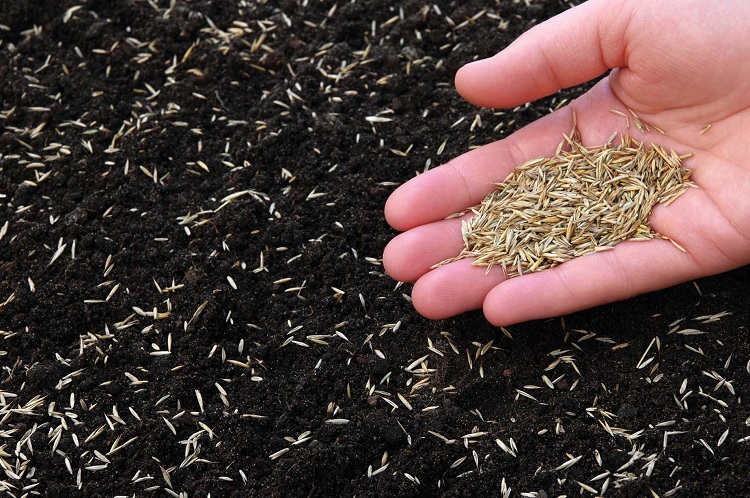
You should overseed your lawn in northern climates during late summer to early fall, as the soil will be warm to promote germination without the temperature at this time of year being too harsh.
What’s a good tip for watering grass seeds?
Make sure you angle the water hose so that water reaches the seeds from above them. Never spray them directly as this can cause them to get washed away.
Conclusion
If you want to level your lawn, you might wonder if you can use sand to achieve this goal. You can, but there are important rules you should follow.
In this article, we’ve provided you with all the information you need to know before you level your lawn so that you no longer have bare spots or unevenness.
Resources:

